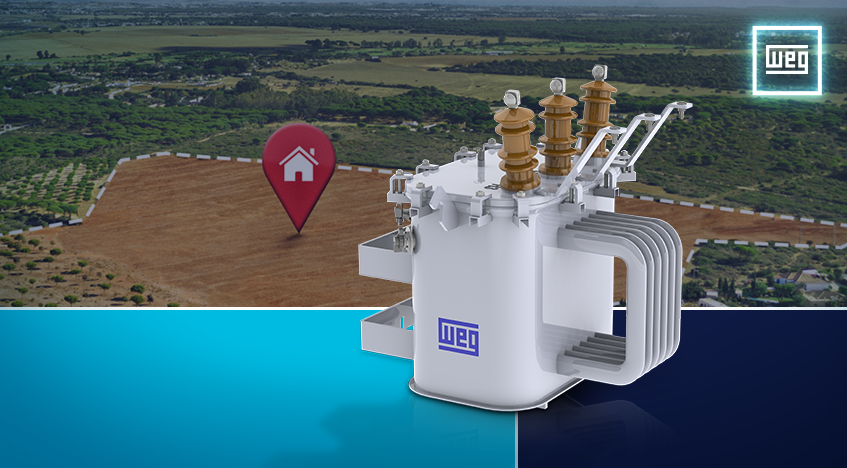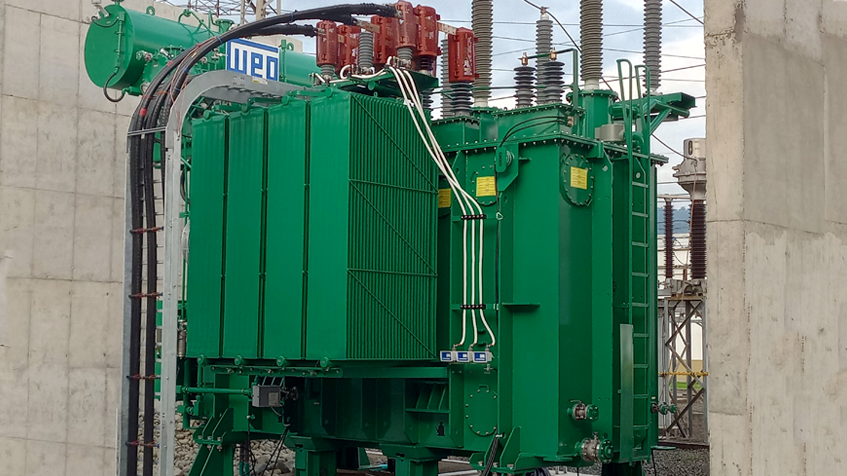Testing transformer oil is a key function end-users should build into their maintenance programmes, as it speaks volumes about the condition of the transformer itself, according to Ronaldo Bertoldi, engineering manager at WEG Transformers Africa.
As one of the largest manufacturers of transformers in South Africa, WEG Transformers Africa has a state-of-the-art oil laboratory at its production facility in Heidelberg, Gauteng, and offers an extensive range of services to transformer owners.
“The dissolved gas analysis (DGA) test is one of the most important for a customer to conduct,” says Bertoldi, “as it provides the first available indication of malfunction within a transformer unit.”
Bertoldi highlights that the DGA indicates the internal condition of the unit, and identifies degradation taking place. It is therefore essential for effective monitoring and trend analysis.
The laboratory is able to perform a range of important routine tests, starting from the ‘kV’ test which passes current through the oil to test its insulative properties. The water test would then measure the parts per million of water in the oil; as a conductor of electricity, high levels of water become both damaging and dangerous to the transformer’s continued operation.
“It is also important to measure the amount of cellulose in the oil, as this is an indication of the extent to which the paper around the winding is degrading and turning to sludge,” Bertoldi says. “Judging by how much cellulose is in the oil, a prediction on the life expectancy of the transformer can be provided.”
Even the simple oil colour test has a useful function in showing oil quality, indicating that further investigation may be necessary to keep the transformer well maintained.
“All test results are kept in our extensive database, which allows a history of the trend analysis to be available to each of our customers,” Bertoldi says. “We use these figures daily in developing trends for a particular customer or even a particular transformer unit.”
Access to regular oil test results makes it easier for customers to identify potential problems arising in their transformers, and to take corrective action to avoid expensive damage or unplanned downtime.



